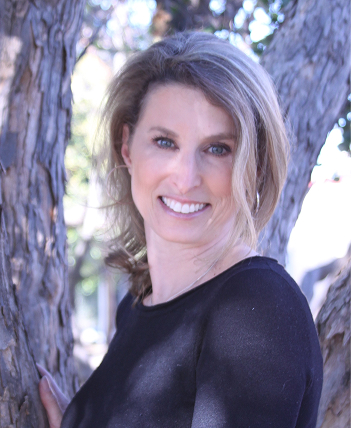
Always a fount of fun information, the Plastic and Reconstructive Surgery Journal November 2018 had an article on “the Relationship between Age and Facial Asymmetry.” The basic question: Does your facial symmetry change as you age?
SPOILER ALERT. The answer is yes.
I have long thought this was the case from my own experience. As you age, you lose facial fat, so I have always thought it “unveils” the underlying asymmetries more. If you imagine your skin and fat is like a comforter over the underlying face framework which is the bed (roll with me here), as your comforter thins with age, you see the lumpy bed underneath better. Add to that different forces – do you sleep on your side? spend a lot of time driving so sun damage on one side? grind your teeth? Fast forward a few decades, and the bed isn’t looking so good anymore. Urg.
These authors used 3D imaging to allow for rapid, reproducible, and quantitative facial measurements. They calculated facial symmetry by identifying the plane of maximum symmetry and the root mean square deviation. They then analyzed the relationship between age and symmetry. They broke the face into thirds: forehead to eyebrow; eyebrow to under the nose; and under nose to chin.
The study:
- 191 volunteers
- Age range 0.3 to 88 years, with an average of 26 years old
- They evaluated the deviation of facial symmetry in the upper, middle, and lower third of the face
- They looked at the number with respect to age.
Findings?
Yep. As you get older, your facial asymmetry increases in each of the facial areas, with the most increase in asymmetry in the lower two thirds of the face. They postulate the reasons are
- asymmetric skeletal remodeling
- differential deflation (loss of volume)
- and descent of soft tissues (skin, fat and muscle sagging)
They even figured your root mean square deviation changes by 0.06 mm for each decade of life.
When analyzing what to do, they support adding soft tissue volumizers (Which I agree with and love- see all of my work on fat grafting to the face to add volume), particularly to the lower two thirds of the face (which in their study is everything from the eyebrows to the chin.).
They did not find any significant correlation with sex or race.
They did find men had greater average facial asymmetry and change with age, but it was not statistically significant.
My thoughts?
Interesting. Not news to me as I love adding volume to the face and have held these beliefs for a long time. I did find the fact men are on average more asymmetric interesting, and I thought the fact there was no significant correlation with sex or race interesting. I also wonder if the rate of change is linear, or if there are times where there is a big change, which I think happens, particularly for women around perimenopause and menopause.
The information provided on this website is for general informational purposes only and does not constitute medical advice, diagnosis, or treatment. Always seek the advice of a qualified healthcare provider for any questions regarding your health or medical condition.
